Reid Priedhorsky
Los Alamos National Laboratory, Los Alamos, NM
Global disease monitoring and forecasting with Wikipedia
Jul 15, 2014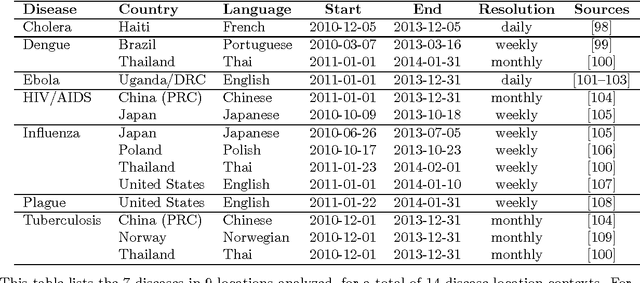
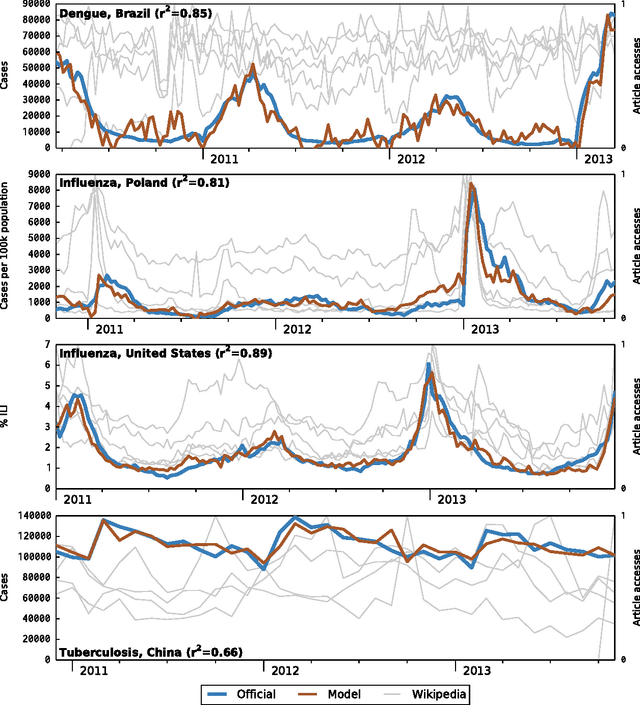
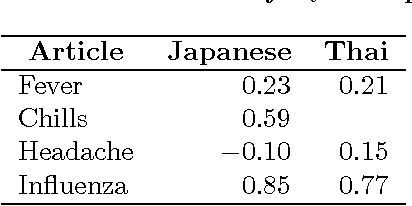
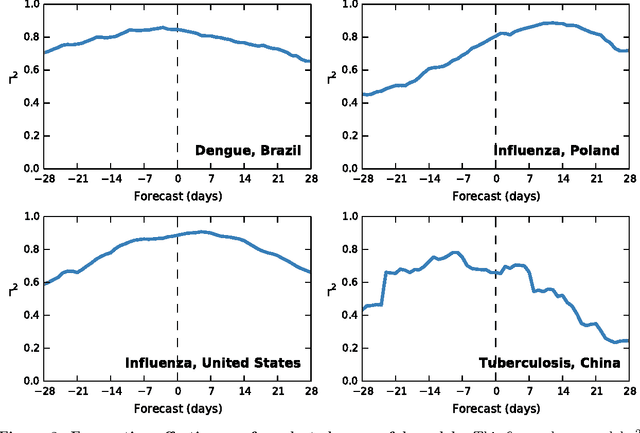
Abstract:Infectious disease is a leading threat to public health, economic stability, and other key social structures. Efforts to mitigate these impacts depend on accurate and timely monitoring to measure the risk and progress of disease. Traditional, biologically-focused monitoring techniques are accurate but costly and slow; in response, new techniques based on social internet data such as social media and search queries are emerging. These efforts are promising, but important challenges in the areas of scientific peer review, breadth of diseases and countries, and forecasting hamper their operational usefulness. We examine a freely available, open data source for this use: access logs from the online encyclopedia Wikipedia. Using linear models, language as a proxy for location, and a systematic yet simple article selection procedure, we tested 14 location-disease combinations and demonstrate that these data feasibly support an approach that overcomes these challenges. Specifically, our proof-of-concept yields models with $r^2$ up to 0.92, forecasting value up to the 28 days tested, and several pairs of models similar enough to suggest that transferring models from one location to another without re-training is feasible. Based on these preliminary results, we close with a research agenda designed to overcome these challenges and produce a disease monitoring and forecasting system that is significantly more effective, robust, and globally comprehensive than the current state of the art.
* 27 pages; 4 figures; 4 tables. Version 2: Cite McIver & Brownstein and adjust novelty claims accordingly; revise title; various revisions for clarity
Inferring the Origin Locations of Tweets with Quantitative Confidence
Nov 16, 2013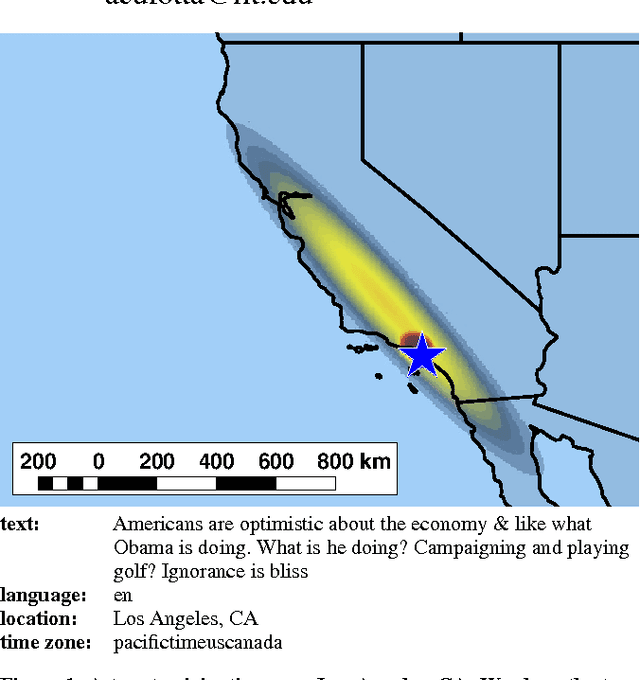
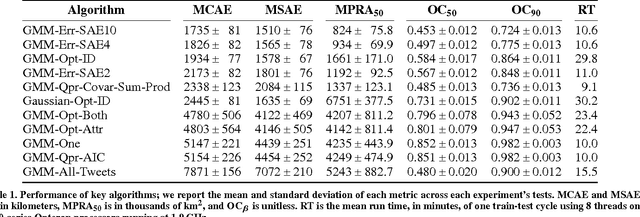
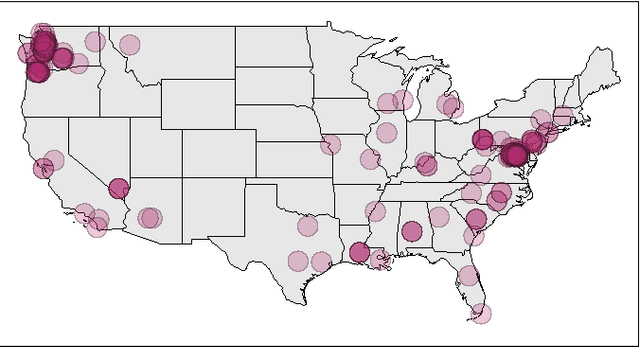
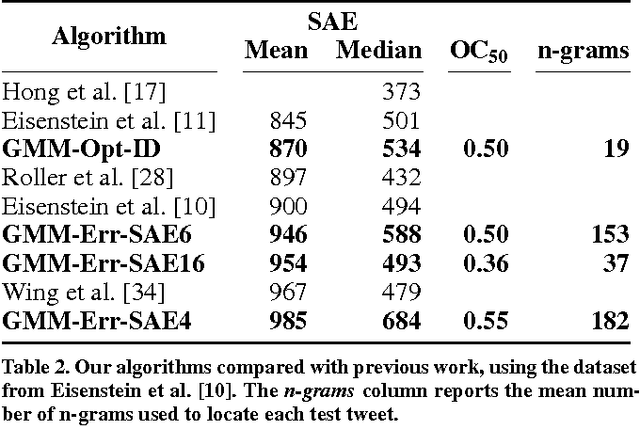
Abstract:Social Internet content plays an increasingly critical role in many domains, including public health, disaster management, and politics. However, its utility is limited by missing geographic information; for example, fewer than 1.6% of Twitter messages (tweets) contain a geotag. We propose a scalable, content-based approach to estimate the location of tweets using a novel yet simple variant of gaussian mixture models. Further, because real-world applications depend on quantified uncertainty for such estimates, we propose novel metrics of accuracy, precision, and calibration, and we evaluate our approach accordingly. Experiments on 13 million global, comprehensively multi-lingual tweets show that our approach yields reliable, well-calibrated results competitive with previous computationally intensive methods. We also show that a relatively small number of training data are required for good estimates (roughly 30,000 tweets) and models are quite time-invariant (effective on tweets many weeks newer than the training set). Finally, we show that toponyms and languages with small geographic footprint provide the most useful location signals.
 Add to Chrome
Add to Chrome Add to Firefox
Add to Firefox Add to Edge
Add to Edge